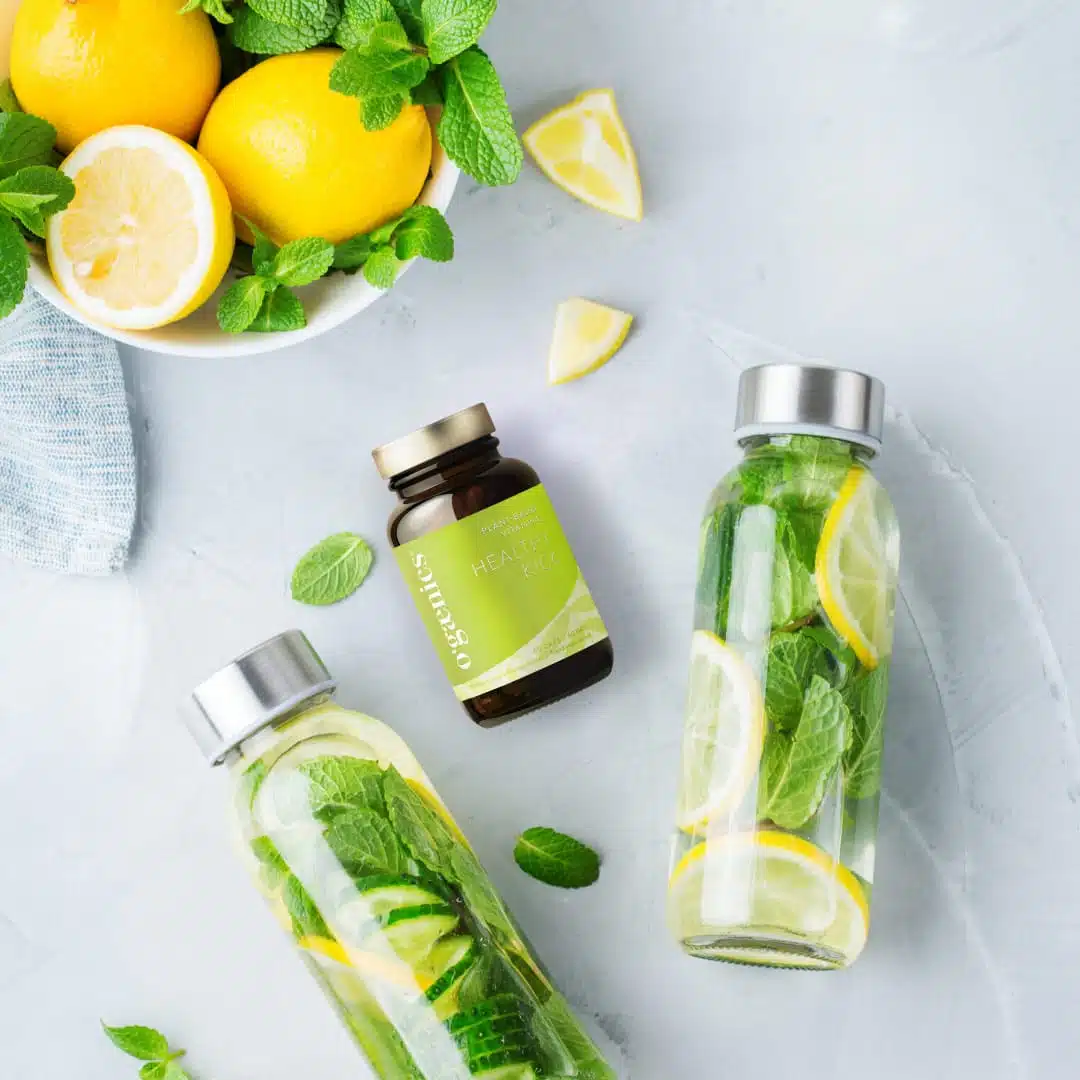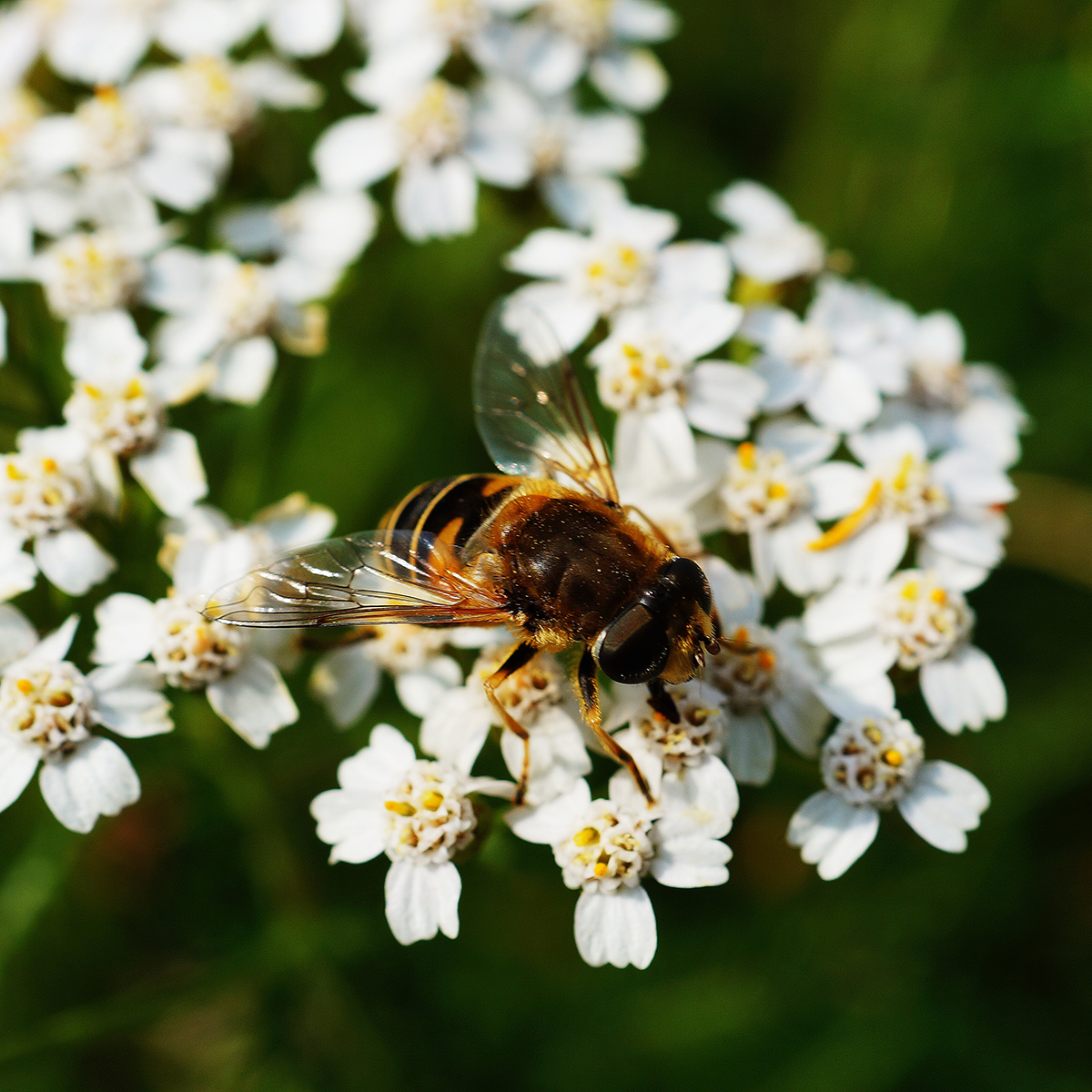
Did you know that 60% of what you put on your skin is also absorbed by your body? Your cosmetics enter your bloodstream directly, without first going through the filters of your liver (as with food) and thus into your entire body. So what you put on your skin is even more important than what you eat. You should be able to eat your skin care products. Discover which 9 ingredients you definitely do NOT want to find in your cosmetics and how to recognize them on labels.
1. Foamers

We love generously filled baths with luscious foam spikes, because we like to associate foam with clean. Unfortunately, foam by itself does not clean. On the contrary, cheap and harsh detergents mainly dehydrate our skin and attack the beneficial bacteria on our skin. Did you know that foaming agents are extremely degreasing? Just about all natural skin fats are dissolved by them. The most common foamers are sulfates which you will find on the ingredients list as Sodium Laureth Sulfate (SLS), Sodium Laureth Sulfoacetate or Cocamidopropyl betaine.
2. Emulsifiers
Emulsifiers are used in cosmetics so that water and oil can mix well together. However, they are often derived from the petroleum industry. Petroleum is a highly contaminated product, and regular exposure to it can lead to dry, cracked or irritated skin. Thus, there should only be a limited amount in cosmetics. The most common are PEG or poly ethylene glycol(+number) and polysorbate(+number)
3. Parabens

Parabens are used as preservatives or preservatives, which extend the shelf life of the product they are in. This is done by preventing deterioration caused by bacteria, fungi and/or yeasts. Parabens are absorbed through the skin and have an estrogenic effect. This gives it an endocrine disrupting effect. Methylparaben has been shown to cause skin damage and the death of skin cells under the influence of sunlight. Parabens are easy to identify on the ingredients list of, for example, your shampoo. They are called methylparaben, ethylparaben or propylparaben. Sulfates can also be identified by the last part of the name (sulfate). Sometimes they are listed with their abbreviation: ALS and SLS.
4. Carbomers and acrylates
In cosmetics, carbomers and acrylates are used to thicken water into a cream or gel. These are synthetic substances from the plastic industry. Many cosmetic products contain a lot of water, which you can see on the label when it is listed as the first ingredient. To thicken water into a pleasant gel or cream, carbomers and acrylates, among others, are used. These are very inexpensive ingredients, but over time they often cause hypersensitivity on the skin. The most common are: carbomer, DEA, acrylates and all other ingredients ending in - acrylate.
5. Mineral oils and silicones
 Mineral oils, kerosene and petroleum jelly are again cheap ingredients from the petroleum industry. It is found in 90% of skin care products. They feel silky smooth, but silicones put a suffocating film over the skin and block important functions of it. Your skin becomes "addicted" to it, which only exacerbates (the maintenance of) dry skin. This is called the lip balm effect. Once you start applying, you keep applying. Most used are Mineral Oil, petrolatum, paraffinum liquidum, dimethicone, cera micro-cristallina and isoparaffin.
Mineral oils, kerosene and petroleum jelly are again cheap ingredients from the petroleum industry. It is found in 90% of skin care products. They feel silky smooth, but silicones put a suffocating film over the skin and block important functions of it. Your skin becomes "addicted" to it, which only exacerbates (the maintenance of) dry skin. This is called the lip balm effect. Once you start applying, you keep applying. Most used are Mineral Oil, petrolatum, paraffinum liquidum, dimethicone, cera micro-cristallina and isoparaffin.
6. Chemical filters
Chemical filters are not only found in sunscreen products, but also in perfume, lip balm, eye shadow, face cream and body lotion. A synthetic sunscreen you always apply 30 minutes before you go out in the sun, because the cream has to react with your skin and the UV rays in order to work. Whereas a natural sunscreen protects immediately, because it stays on the skin and reflects the sun, because of the zinc or titanium dioxide in it. So chemical sunscreens are systematically absorbed by your body and end up in your blood. Ingredients you want to avoid: Oxybenzone, Homosalate, Octisalate and Avobenzone. Sunscreen products that use 100% natural, mineral filters instead of chemical filters can be found, for example, at Biosolis.
7. Fluoride

Fluoride is a trace element that naturally occurs as a minimum in eggs, milk, red meat, certain fruits, etc. It hardens your tooth enamel, making it less fragile and giving bacteria less opportunity to cause cavities. This is why fluoride is in almost every toothpaste and mouthwash you come across. However, fluoride is also a waste product of the aluminum and fertilizer industries. In March 2014, the leading journal The Lancet labeled fluoride, along with five other chemicals, as a neurotoxin, or substance that can damage the brain and nervous system. So, rather use a natural toothpaste without this substance.
8. Fragrance and colorants
If the scent of your cosmetic product comes from perfume, it can be very harmful to the skin and cause irritation, itching and allergies. In contact with the sun, it can also cause brown spots. Rather spray perfume on your clothes from a distance, rather than on your skin. Artificial colorants in skin care products are completely unnecessary. If a product has color at all, it is best from the natural origin of a plant. On a label you can recognize these ingredients by the term: Perfume and CI (+number).
9. Aluminum (Chlorohydrate)

The reason aluminum is in deodorant is that aluminum is perfect for forming a block against sweat. That's fine temporarily, but you sweat for a reason: your body clears toxins with it. So you don't want to prevent sweating, but you do want to prevent sweaty odors. Aluminum is also neurotoxic. Although various organizations claim that aluminum chlorohydrate is safe, a deodorant can only contain a maximum of 25%. The question is: how safe is safe and especially: how much is safe? Often you use it daily, sometimes several times a day and for decades. Fortunately, there are now natural alternatives.















The information below is required for social login
Sign In
Create New Account